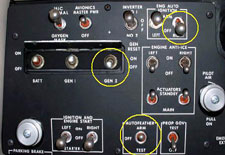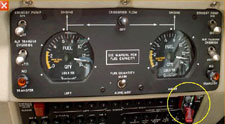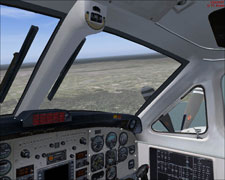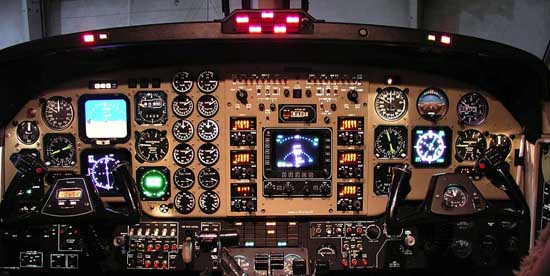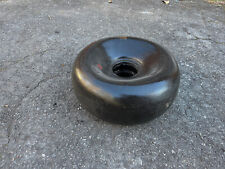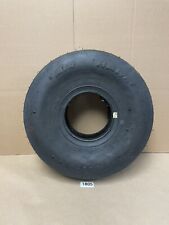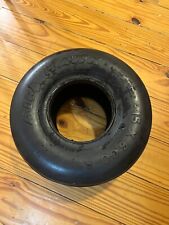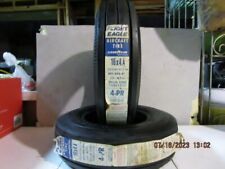Proceeding via the engine secure checklist we turned off the affected engine auto-ignition, generator, and the auto-feather switch.
Verified we had closed the right-side firewall shutoff valve (to prevent pumping more fuel into the nacelle).
With a bunch of altitude to lose we had the operative engine back at flight idle, so there was almost zero asymmetric thrust or drag. In fact, we had to execute a few gentle S-turns on long final to bleed off more altitude. In the 3D cockpit you can see the operative engine throttle (left) is at idle, the prop is forward to give us more drag and power during the unlikely event of a single engine go-around. All of the shutdown tasks can be accomplished via the clickable 3D cockpit.
Looking out the right forward window at the runway as we aim for a long straight-in to runway 31.
During emergency procedures it is even more critical to follow the appropriate checklists since in the heat of the moment you can forget even the most basic things (i.e.: landing gear!). We had time to accomplish both the engine shutdown checklist and the single-engine approach and landing checklists line by line. They are there for a reason; use them!
 Once landing was assured full flaps were selected and we made an uneventful single-engine landing while the fire-trucks followed us down the runway.
Once landing was assured full flaps were selected and we made an uneventful single-engine landing while the fire-trucks followed us down the runway.
Pratt & Whitney later determined the engine malfunction was caused by fatigue on the compressor turbine disk which fractured and caused the catastrophic engine failure. The fire was actually harmless engine oil from the cracked case leaking into the exhaust section, catching fire and getting shot out of the stacks. By all accounts the PT6A engine is one of the most reliable engines ever built, and statistically I should be able to fly 5 more careers worth of flying and not experience another catastrophic engine failure (I hope!).
Short final 36R CLT:
 |
 |
Copilot panel, 10,000′ enroute between RDU and CLT:
 |
 |
Looking west toward Lake Wylie on final to 36R CLT:
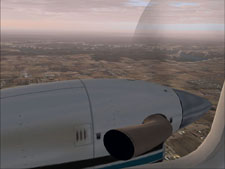 |
 |

